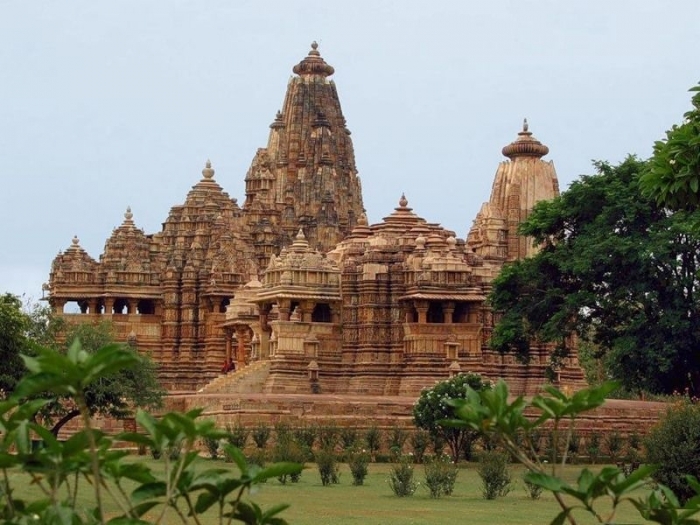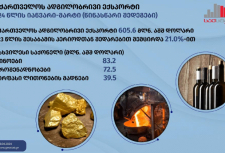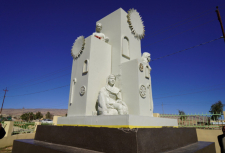Yezidis in ancient India, or Indians in ancient Mesopotamia?: Re-imagining Ancient Yezidi Origins

Mija Sanders
University of Arizona, Tucson, USA
Part 4
Sedona, Arizona: New Age Knowledge Production
One of the most unanticipated aspects of the common origin narrative is the co-production of the narrative by a Sedona, Arizona-based, white American new-age literature writer named Mark Amaru Pinkham who hosts multiple websites, such as Yezidi Truth, Yezidi Sanatan Dharma Society (Fracek, 2015), the Yezidipost (YP, 2017), and others. Pinkham leads tours abroad focused on worship of selected ancient deities through his own new age philosophy, such as the ancient gods and goddesses in Egypt (Pinkham, 2019), and the worship of the Yezidis peacock angel, Tawus Melek. In an interview Pinkham claimed to be the first to have introduced Arizona Yezidis to the Indian diaspora. He has been actively researching historical and mythico origins of the Yezidis for fifteen years. He continues to host some of the most visited newspapers online which propagate the common origin narrative. On Yeziditruth.org he claims that Yezidis migrated to India in 4,000 BCE after a large flood. The evidence for a common origin are mostly material objects, most of which are addressed in this article. They include the Sanjak brass peacock statue, the common images of the peacock, common images of the snake, the visit of the Baba Sheik to the Murugan temple, and the Lalish painting.
In an interview with Pinkham, he informed me that his main goal with the Yezidi community was to convince them of the commonality of their faith with Hinduism, and especially with regard to Tawus Melek being a form of “Lord Shiva.” He claims to be able to channel visions of ancient cities and deities11, and uses this aesthetic visual lens to engage with indigenous communities such as Yezidis. Arizona Yezidis interviewed on Pinkham did not agree with Pinkham’s interpretation of the religion, although they welcomed his assistance to fundraise for support. In 2016 Mark and the Mir planned to build a Hindu-Yezidi temple and cemetery in Phoenix to bring together the Yezidis and Hindus in spiritual solidarity, under what Pinkham described as common gods. The particularities of the writer’s mystical newage theories and their own engagement with mythic history narratives would be tangential if it were not for the mass circulation of his claims online amongst Hindu nationalists, and the broad participation of his Facebook groups, one of which has 100,000 members as of May 2019. He didn’t actively seek to create online forums for Hindu fundamentalists, but through his familiarity with the Hindu diaspora of Phoenix and their HSS organizations, he became known to them. Most of the Facebook groups began as spaces for dialogue between Yezidis and Hindus, but have been largely taken over by anti-Muslim propaganda from right-wing Indian commentators. Pinkham expressed regret at not being able to prevent anti-Muslim propaganda in online groups. Pinkham’s mystical interpretation of the Yezidi faith as one of the ancient faiths which shared an interdimensional presence in the desert of Sedona became a competing narrative of authenticity whereby Pinkham embodied a marketplace driven12 version of difference that did not match that of the Yezidis in Arizona. The production of new-age knowledge by Pinkham and its contribution to the common origin Mesopotamia-India narrative is questionable, although politically it is perhaps the most enigmatic form of writing about Yezidis and Hindus which had been produced outside of academic scholarship. How it circulates and to whom it becomes useful, however, becomes more problematic. According to Pinkham it was not written with the intent to justify violent language towards Muslims, but rather to articulate common points between the two faiths through symbols. Symbols became key sites for negotiating not only kinship but also affinity and relations to various others.
The opinion of the editorial does not coincide with the opinion of the author.
Tags: #yazidisinfo #yezidi #aboutezidi #history
Yezidis in ancient India, or Indians in ancient Mesopotamia?: Re-imagining Ancient Yezidi Origins

Mija Sanders
University of Arizona, Tucson, USA
Part 4
Sedona, Arizona: New Age Knowledge Production
One of the most unanticipated aspects of the common origin narrative is the co-production of the narrative by a Sedona, Arizona-based, white American new-age literature writer named Mark Amaru Pinkham who hosts multiple websites, such as Yezidi Truth, Yezidi Sanatan Dharma Society (Fracek, 2015), the Yezidipost (YP, 2017), and others. Pinkham leads tours abroad focused on worship of selected ancient deities through his own new age philosophy, such as the ancient gods and goddesses in Egypt (Pinkham, 2019), and the worship of the Yezidis peacock angel, Tawus Melek. In an interview Pinkham claimed to be the first to have introduced Arizona Yezidis to the Indian diaspora. He has been actively researching historical and mythico origins of the Yezidis for fifteen years. He continues to host some of the most visited newspapers online which propagate the common origin narrative. On Yeziditruth.org he claims that Yezidis migrated to India in 4,000 BCE after a large flood. The evidence for a common origin are mostly material objects, most of which are addressed in this article. They include the Sanjak brass peacock statue, the common images of the peacock, common images of the snake, the visit of the Baba Sheik to the Murugan temple, and the Lalish painting.
In an interview with Pinkham, he informed me that his main goal with the Yezidi community was to convince them of the commonality of their faith with Hinduism, and especially with regard to Tawus Melek being a form of “Lord Shiva.” He claims to be able to channel visions of ancient cities and deities11, and uses this aesthetic visual lens to engage with indigenous communities such as Yezidis. Arizona Yezidis interviewed on Pinkham did not agree with Pinkham’s interpretation of the religion, although they welcomed his assistance to fundraise for support. In 2016 Mark and the Mir planned to build a Hindu-Yezidi temple and cemetery in Phoenix to bring together the Yezidis and Hindus in spiritual solidarity, under what Pinkham described as common gods. The particularities of the writer’s mystical newage theories and their own engagement with mythic history narratives would be tangential if it were not for the mass circulation of his claims online amongst Hindu nationalists, and the broad participation of his Facebook groups, one of which has 100,000 members as of May 2019. He didn’t actively seek to create online forums for Hindu fundamentalists, but through his familiarity with the Hindu diaspora of Phoenix and their HSS organizations, he became known to them. Most of the Facebook groups began as spaces for dialogue between Yezidis and Hindus, but have been largely taken over by anti-Muslim propaganda from right-wing Indian commentators. Pinkham expressed regret at not being able to prevent anti-Muslim propaganda in online groups. Pinkham’s mystical interpretation of the Yezidi faith as one of the ancient faiths which shared an interdimensional presence in the desert of Sedona became a competing narrative of authenticity whereby Pinkham embodied a marketplace driven12 version of difference that did not match that of the Yezidis in Arizona. The production of new-age knowledge by Pinkham and its contribution to the common origin Mesopotamia-India narrative is questionable, although politically it is perhaps the most enigmatic form of writing about Yezidis and Hindus which had been produced outside of academic scholarship. How it circulates and to whom it becomes useful, however, becomes more problematic. According to Pinkham it was not written with the intent to justify violent language towards Muslims, but rather to articulate common points between the two faiths through symbols. Symbols became key sites for negotiating not only kinship but also affinity and relations to various others.
The opinion of the editorial does not coincide with the opinion of the author.
Tags: #yazidisinfo #yezidi #aboutezidi #history

























